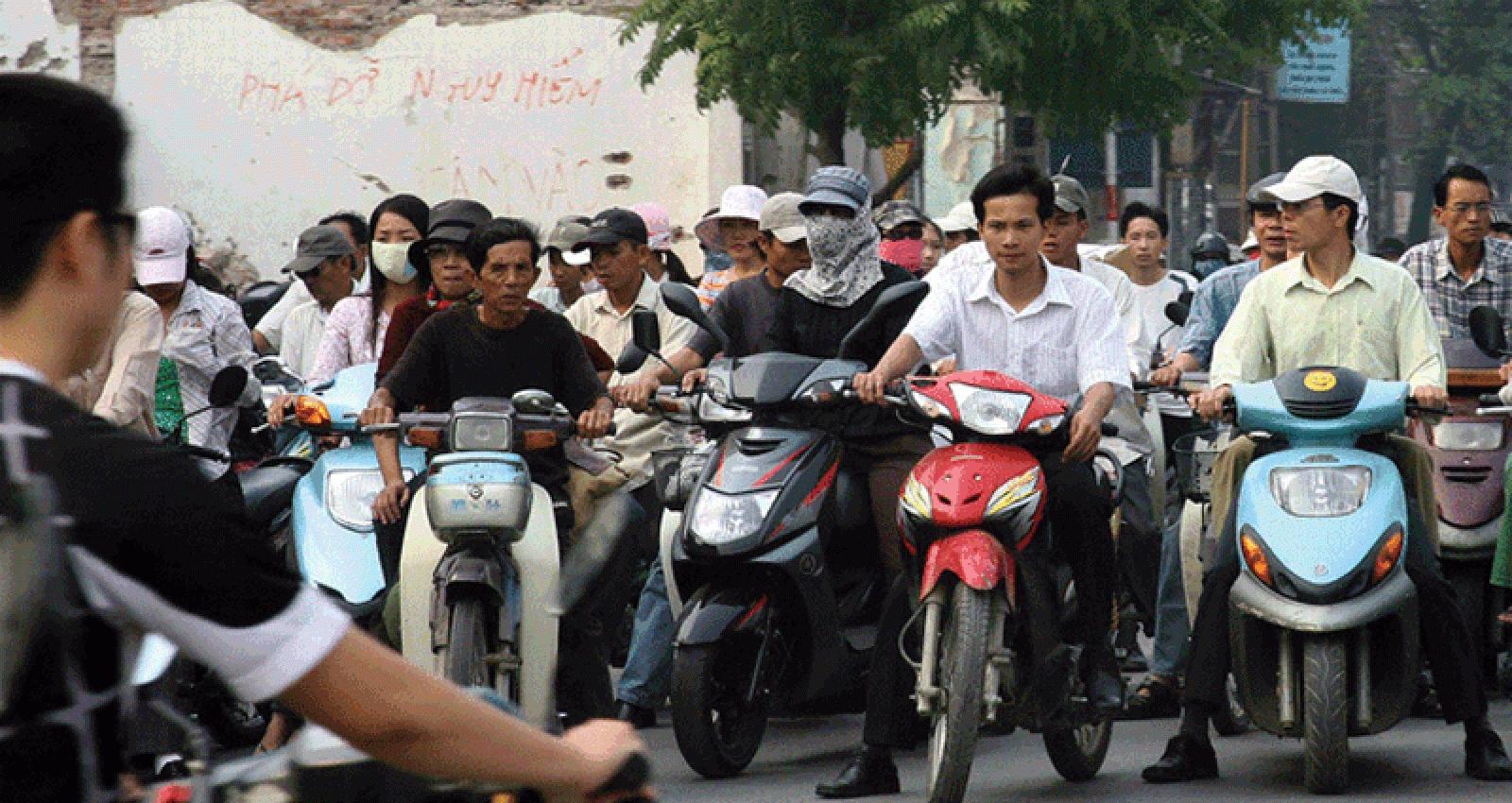The Urgent Need to Make Roads Safer for All
Halfway through the UN’s Decade of Action for Road Safety, traffic accidents continue to exact a devastating toll. Bold actions are needed if the initiative’s objectives are to be met.
Halfway through the UN’s Decade of Action for Road Safety, traffic accidents continue to exact a devastating toll. Bold actions are needed if the initiative’s objectives are to be met.
By:
This past weekend, in cities around the world, events were held to remember the millions of people who have lost their lives or been seriously injured in road traffic accidents. Since 2005, when it was adopted by the United Nations, the World Day of Remembrance for Road Traffic Victims has been observed on the third Sunday of November as a commemoration and a call to action to make roads safer for all who use them.
Every year nearly 1.3 million people are killed in road crashes, half of them pedestrians, cyclists and motorcyclists. A disproportionate number of the victims are poor. More than 90 percent of road fatalities occur in developing countries and many of the victims are of working age. Their deaths too often leave their dependents destitute.
Committed to road safety
Building safer roads has been a pillar of the World Bank Group’s strategy for its transportation sector since 2008 and earlier this month, IEG, in cooperation with the Bank’s Global Road Safety Facility, released a new learning product that aims to support and accelerate that strategy.
One of the main findings of the report is that the Global Road Safety Facility (GRSF), which was established by the Bank in 2006 as a global partnership program, has had a significant impact in supporting progress in road safety. Since its creation, the GRSF has promoted the “safe systems” approach developed by the Bank and the World Health Organization which integrates road engineering, user behavior, policing and accident response into a transportation system. The GRSF has proven itself to be an effective and flexible model that makes good use of its limited resources.
A government commitment to road safety is also crucial. Whether in high-income or developing countries, our report found that a body with a mandate to coordinate road safety issues across departments and agencies, one that is adequately financed and staffed and is equipped with a rigorous results framework to measure progress, is more likely to have a positive impact on road safety.
Addressing the funding gap
But gaps remain. The study found that some Bank road projects had a safety objective, but lacked specific activities to support it. Road construction or improvement projects did not always include actions to improve the behavior of road users or to raise their awareness of safety issues. Lead agencies involved in the implementation of the projects are often so concerned with completing the road works that the safety components of the project are addressed too late.
And then there is the issue of funding – or the lack of it. The Commission for Global Road Safety has recommended that 10 percent of all road infrastructure funding in the future should be committed to safety. The Bank Group’s funding level for road safety continues to lag behind that figure, but with its decision to mainstream safety into its road projects it is steadily increasing. The urgency of the need to comprehensively address road safety cannot be stated too strongly. In the past 15 years, road traffic accidents have risen by 80% in Asia and by 40% in Latin America and Africa. They remain the leading cause of death of people between the ages of 15 and 29.
Bold steps to meet an ambitious goal
The year 2015 will mark the mid-point in the United Nations’ Decade of Action for Road Safety and its goal of reducing the predicted level of traffic fatalities by 2020 by 5 million. If this ambitious target is to be met, global efforts to address road safety will need to be substantially stepped up. As a way forward for the Bank Group our report recommends:
Even in wealthy countries, improving road safety takes time. Many of us can remember when the family car didn’t have seatbelts and how long it took to change people’s attitudes to wearing them. In developing countries with weaker institutional capacity realizing the gains that have been made in countries like Japan, Sweden and Argentina will be a gradual process. Our report concludes that the Bank Group is moving in the right direction with regard to road safety. The hope is that in the future, those attending events to remember road traffic victims will be fewer in number.

Comments
Add new comment